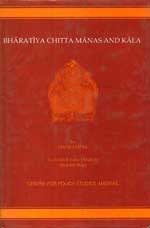धर्मपाल गाँधीजी की परम्परा के उन विरले मनीषियों में है जिन्होंने भारतीय चित्त की बनावट और उस की ऊर्जा को समझने का सार्थक प्रयास किया है। उन्हें पश्चिम के चित्त और इतिहास की भी गहरी समझ है और पूर्व तथा भारत की भी। इसीलिए वे अन्य समाजों के प्रति विद्वेष या घृणा तथा किसी उग्र राष्ट्रवादी मुहावरे से बचते हुए भारत के मुहावरे में भारत को समझना चाहते हैं। ‘भारत का स्वधर्म’ उन के इसी प्रयास का महत्वपूर्ण सुफल है। औपनिवेशिक शासन और मानसिकता के कारण भारतीय समाज में आ गयी विकृतियों को रेखांकित करते हुए धर्मपाल उस दिशा का संकेत करते हैं जिस ओर चल कर ही भारत अपने स्वभाव की पहचान करता हुआ न केवल अपनी नियति की ओर अग्रसर हो सकता है बल्कि विश्व में अपनी विशिष्ट भूमिका का निर्वाह भी कर सकता है। ‘भारत का स्वधर्म’ इस देश के अतीत, वर्तमान और भविष्य में रूचि रखने वाले प्रत्येक व्यक्ति के लिए एक अनिवार्य पुस्तक है।
Download Pdf
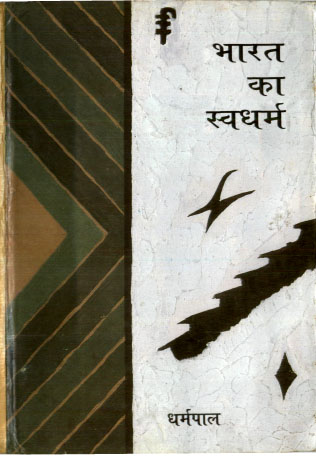
The Old British documents, largely written by the British to convey to British specialists and scholars information which was thought to be useful to Britain, on which these books were based, established that India was far advanced in the technical and educational fields than the Britain of the 18th and early 19th century. Its agriculture was technically and productively far superior; it produced a much higher grade of iron and steel, even in 1800, than countries of Europe and perhaps had a potential, if it needed it of producing around 2,00,000 tons of iron and steel annually; its building techniques and the finish and durability of the countless structures it built were incomparable; it had for centuries a practice of inoculation against small-pox which Britain had acquired from Turkey only in the 18th century; it knew Plastic Surgery which in fact became the basis of modern Plastic Surgery in Europe; it had an expertise in the building of ships; as also in extensive manufacture and use of dyes, in manufacturing paper, and in having a very sophisticated irrigation system largely of natural and man-made large and small tanks.
The manufacture of cloth from a large variety of cotton grown in practically all parts of India, and some from silk and other fibers, was perhaps the most widespread industry to which most families had some contribution to make. The growing of cotton and spinning of yarn may have engaged, for part of their working time, possibly more than half of India’s men and women.
Download Pdf
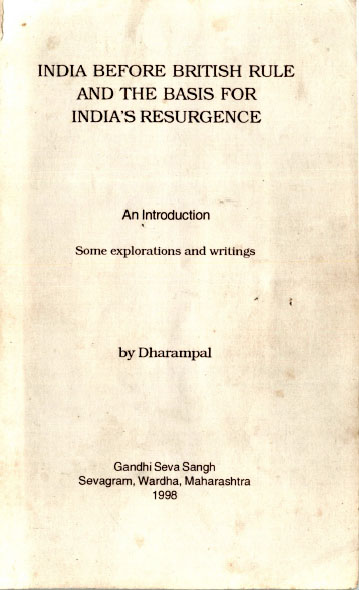
This book counters the general impression that Muslims in India eat the flesh of cow, which is perhaps a myth perpetuated by the British. Though the Muslim community was encouraged to take up the slaughter of cattle, as the large number slaughterhouses set up by the British required professional butchers, but a majority of the immigrant Muslims, as well as the converted, seldom did take to eating of cow flesh. This is borne out by many clippings from the Urdu press as well as from the correspondence between British officials of that period, as documented in this book. The British tried their best, and largely succeeded in projecting this movement, which was in the words of Lansdowne himself 'political' in nature, to one which now appears to the educated Indian as a conflict between Hindus and Muslims.
This book, based on British documents, unfolds the story of this momentous movement.
Download Pdf
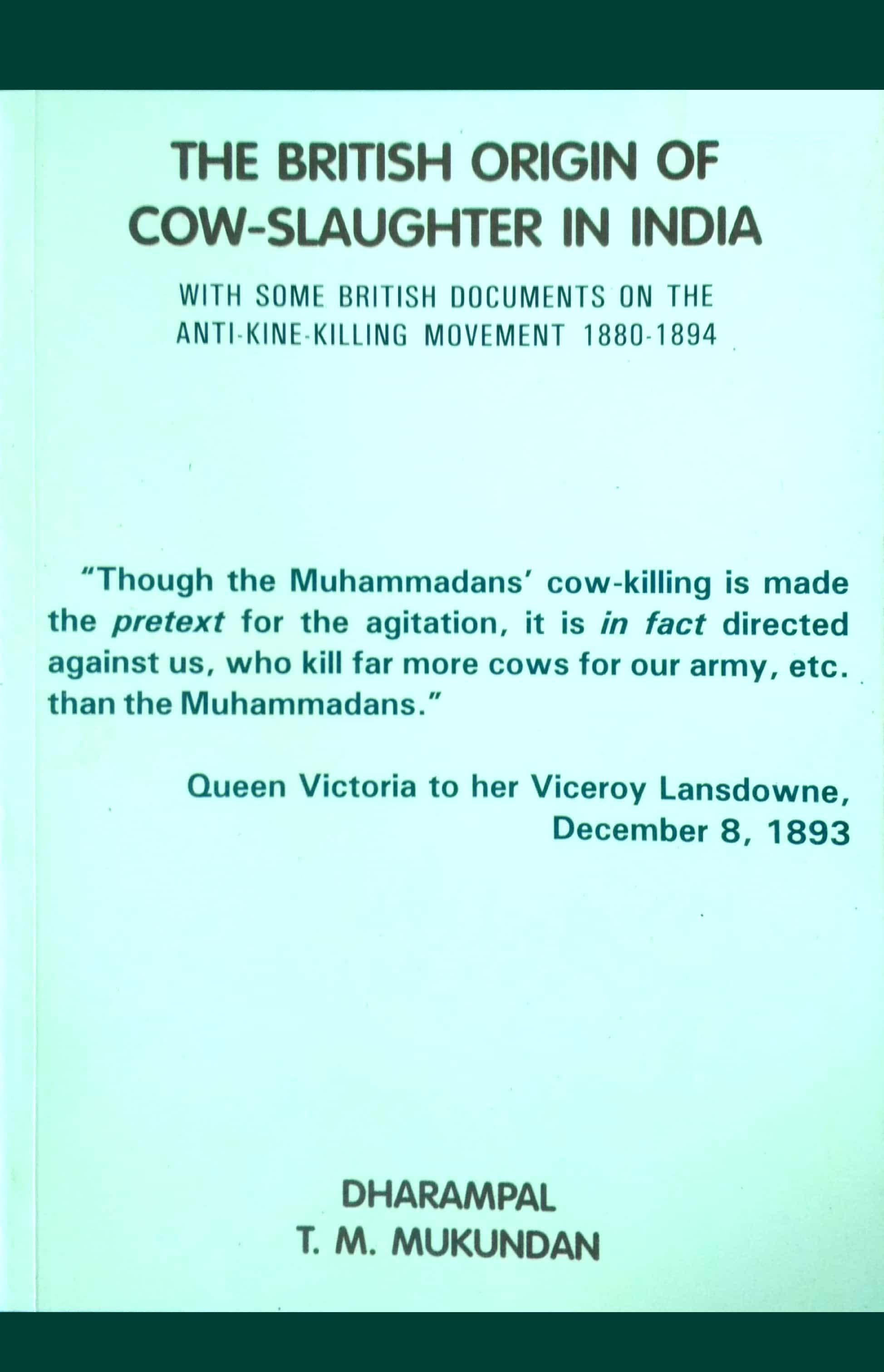
Essential Writings of Dharampal
Compilation & Editing
Gita Dharampal
India is a civilization which is most misunderstood by its own people. Colonial scholarship for more than one hundred and fifty years (under the auspices of the historian James Mill) created an imaginary India which, though not really existing anywhere, was, nevertheless, forced to exist in the minds of the urban English educated Indians through the education system which was put in place by the colonial rulers. Dharampal presented us with certain salient features of India through the medium, in certain cases, of colonial documents, which made us realize the falsity of the image of India with which we were living. His way of writing is such that he could successfully inculcate in us the same curiosity about our civilization which had inspired him throughout his entire creative and intellectual life. Dharampal never saw Indian civilization in isolation. He, as a true thinker, saw it in its relationship with all other civilizations, particularly in relation with western civilization. Thereby he also succeeded in presenting to the intellectual world a slightly different image of the west. His works are a great reminder to all of us that in the aftermath of colonialism a lot of intellectual work has to be done in disciplines such as History, Sociology, Philosophy, etc. to get rid of the effects of colonization in order to create new ways of surviving in the contemporary world.
Download Pdf

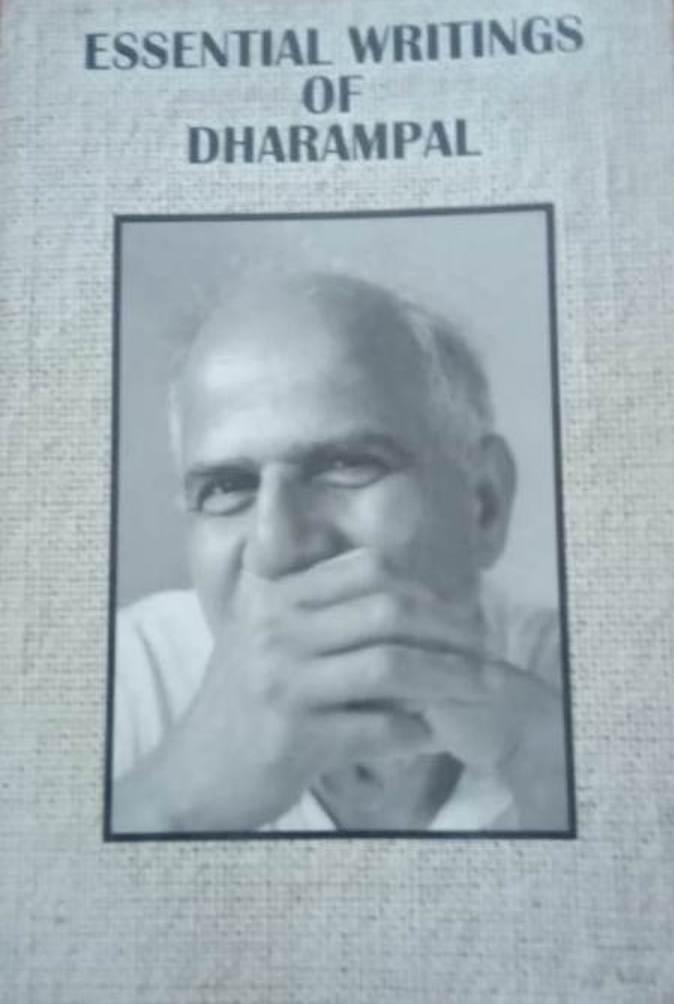
भारतीय चित्त, मानस और काल पुस्तक में धर्मपाल की तीन छोटी पुस्तिकाएँ समाहित हैं, जिनका अनेकों बार मुद्रण और प्रसारण हुआ है, इन्हें गांधीवादी और समाज अध्ययन करने वाली संस्थाओं ने कार्यकर्त्ताओ के प्रबोधन में बहुत उपयोगी पाया है। यह पुस्तक 1991 में मूल हिन्दी में लिखी गई थी और दैनिक जनसत्ता में इसका लेखमाला के रूप में प्रकाशन हुआ था। बाद में इसका अंग्रेजी और कन्नड़ भाषा में भी अनुवाद हुआ। यह पुस्तक पश्चिमी सभ्यता के वास्तविक स्वरूप को समझाते हुए उस भारतीय संकल्पना को प्रस्तुत करती है, जिसे आज भी अपनाया जा सकता है।
Download Pdf
